WorldCereal Phase I to demonstrate feasibility of global crop mapping
In 2023 ESA WorldCereal released the first dynamic system to provide cropland and crop type maps at 10 meter spatial resolution. The WorldCereal consortium succeeded in providing detailed and seasonally updated global maps of temporary crops, crop type (maize, winter cereals and spring cereals) and irrigation for the year 2021. In the process, WorldCereal also released a fully open, harmonised database of in-situ reference data related to land cover, crop type,and irrigation.
WorldCereal Phase II to boost user uptake
As of December 2023, the WorldCereal consortium entered a new 3-year phase in which the team will boost user uptake of the system by the broad agricultural monitoring community. This will be accomplished through a combination of system improvements (with full integration of the processing pipelines in OpenEO), increasing user-friendliness, supporting more crop types, and dedicated user engagement activities. The specific objectives of the new phase include:
- Offer a cloud-based processing system allowing anyone to train and apply cropland/crop type detection models using open EO datasets
- Demonstrate the accuracy and use of the WorldCereal classification products in the context of global to regional monitoring of food security
- Actively encourage and train the agricultural monitoring community in the use of the WorldCereal system
Read more about ESA WorldCereal Phase II in the official announcement.
